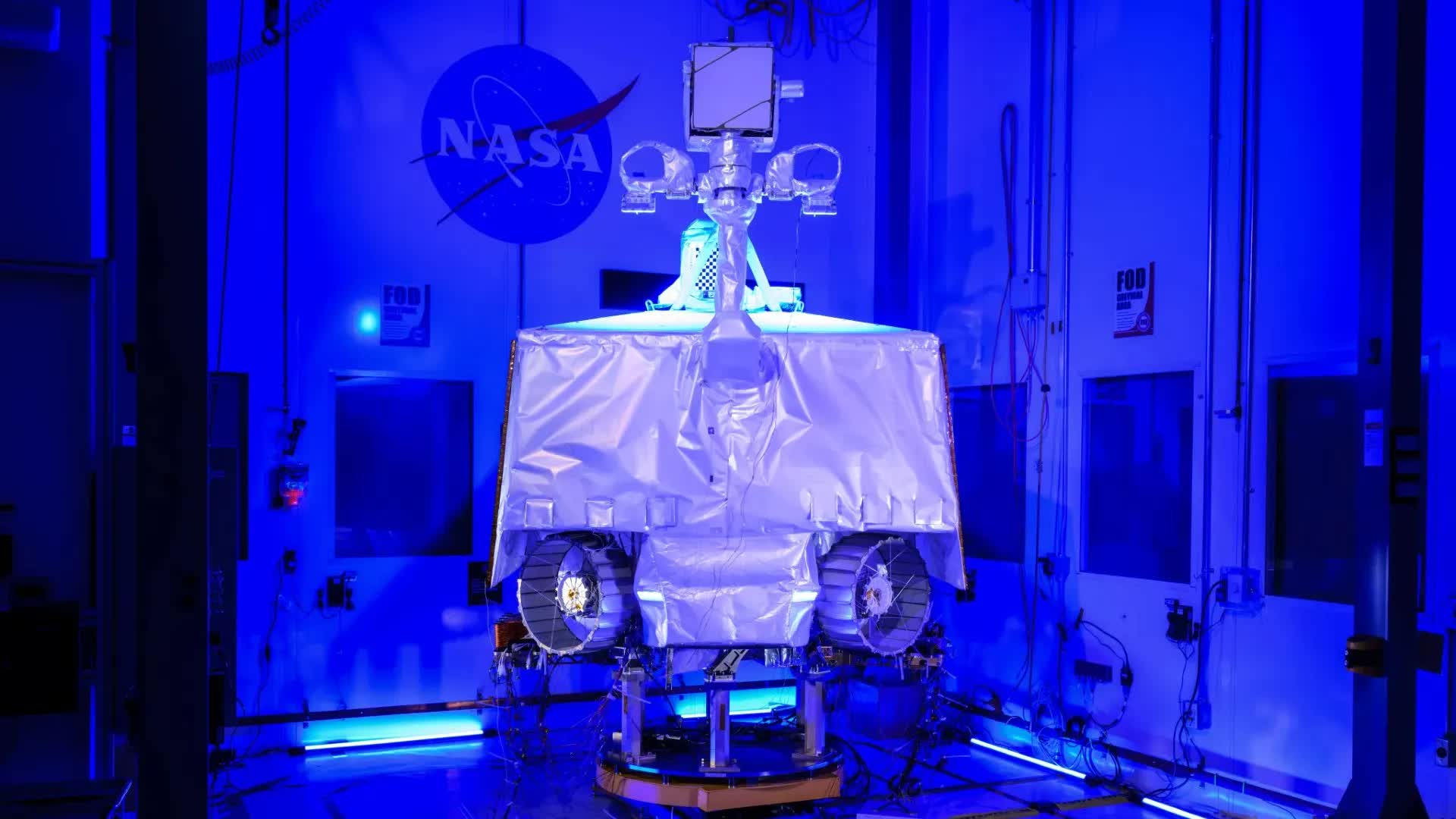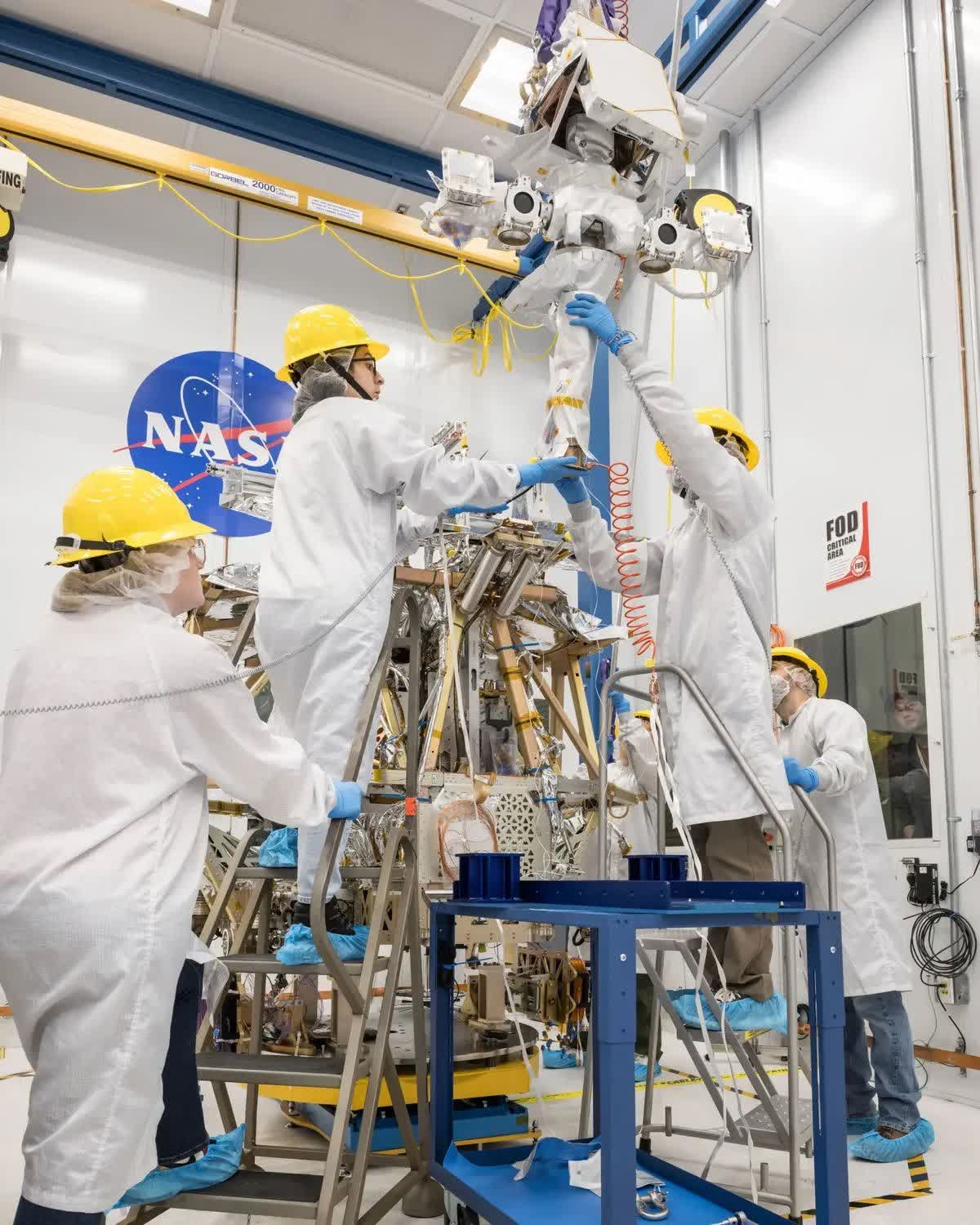What just happened? Spending $450 million on a project only to see it scrapped would be a massive blow for any organization. That's the sad situation NASA finds itself in with its VIPER moon rover, which cost almost half a billion dollars to construct but is being abandoned due to budgetary constraints.
The Volatiles Investigating Polar Exploration Rover (VIPER) has already been built by NASA. The rover has been designed to explore the Moon's south pole for 100 days in search of ice and other resources, with the mission launch set to take place late next year.
Yesterday (July 17), NASA announced that following a comprehensive review, it intends to discontinue the development of the VIPER project. The agency blamed cost increases, delays to the launch date, and the risks of future cost growth that could threaten or disrupt other lunar missions for its decision.
The VIPER, which is about the size of a small car, originally planned to launch in late 2023. In 2022, NASA requested this be delayed to late 2024 to provide more time for preflight testing of the Astrobotic Griffin Lander. Schedule and supply chain delays later pushed VIPER's readiness back to September 2025.
Costs for the VIPER project were expected to rise to $609.6 million – tests were still required to discover if the rover could survive the shaking of a rocket at launch and the conditions of space. Canceling the project is expected to save at least $84 million.
"Decisions like we've been discussing today are extremely difficult to make," Nicola Fox, the associate administrator for NASA's science mission directorate, said during a news conference. "We don't make them lightly. We put a lot of thought into the best way to move forward."
NASA is planning to disassemble VIPER and use its parts on other missions. It said it was also willing to listen to proposals from American companies and international partners for using the rover.
The mission to explore the south side of the Moon is still going ahead, just without the rover, which is being replaced by a nonfunctional "mass simulator," or heavy weight. NASA is still paying the company that provides the Griffin Lander spacecraft, Pittsburgh-based company Astrobotic Technology, $323 million for its services.
"The agency has an array of missions planned to look for ice and other resources on the Moon over the next five years," Fox said. "Our path forward will make maximum use of the technology and work that went into VIPER, while preserving critical funds to support our robust lunar portfolio."
Other NASA projects could be under threat after funding for the agency's science programs was reduced by $1 billion for 2025, notes Space.com. That includes the Chandra X-ray telescope, which saw its budget reduced from $41.1 million in 2025 to only $5.2 million in 2029.

